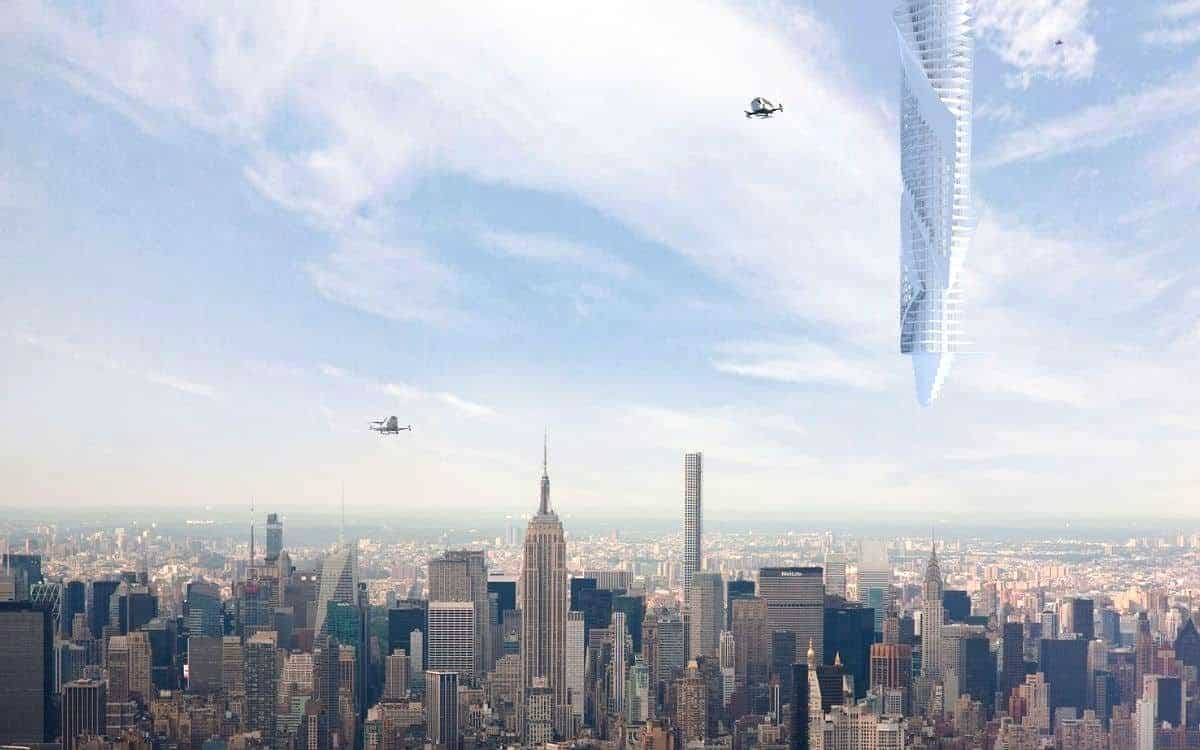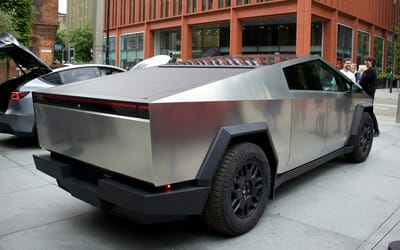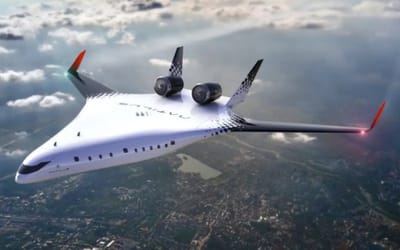‘World’s tallest skyscraper’ would hang upside down from an asteroid
Published on May 25, 2022 at 3:40 PM (UTC+4)
by Brandon Livesay
Last updated on Jul 01, 2022 at 5:21 PM (UTC+4)
Edited by
Kate Bain
An asteroid spinning around Earth would anchor the world’s tallest building, a floating skyscraper that never touches the ground.
This is the plan for Analemma Tower from a US firm called Clouds Architecture Office.
The idea is amazing. Let’s lay it out in some simple steps…
- Get an asteroid and put it in Earth’s orbit
- Hang a cable from the asteroid
- Build the world’s tallest skyscraper around this cable
- Have the skyscraper swing in a figure-eight all across the world, always circling back to New York City
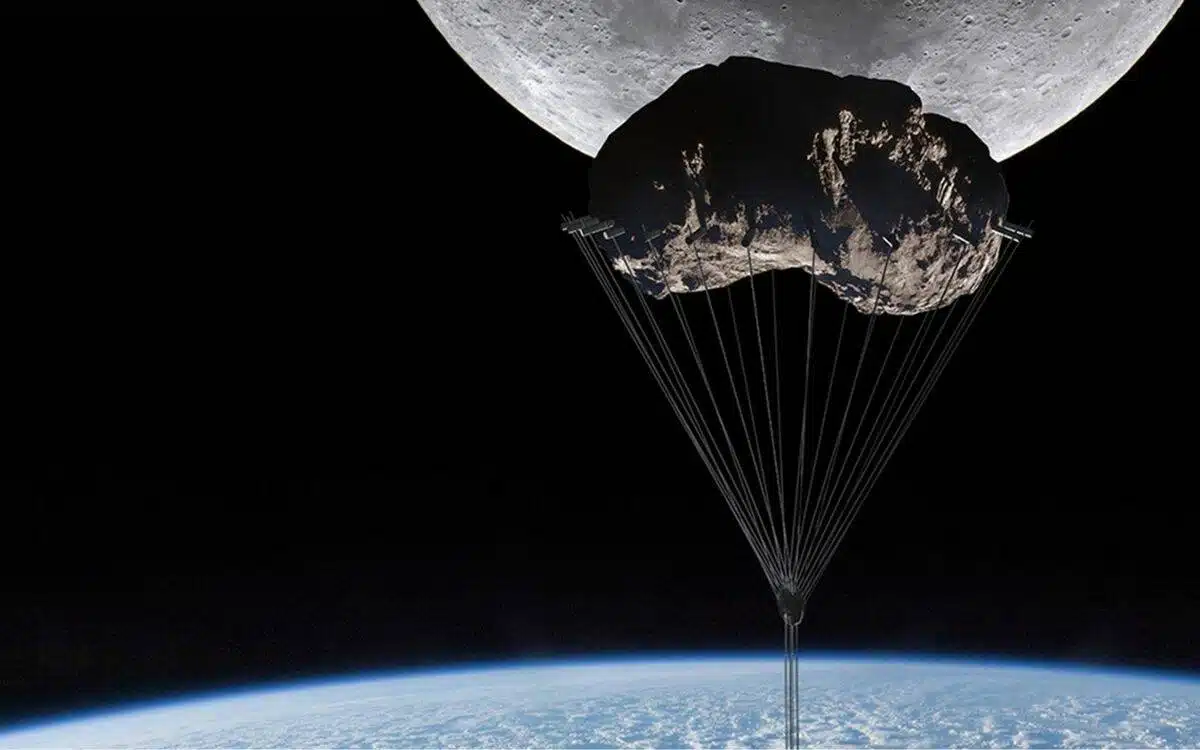
It all sounds crazy.
But the thing is, there are some really smart people behind the tech in this concept.
How do you catch an asteroid?
Right now somewhere over your head, NASA’s DART spacecraft is speeding straight at an asteroid called Dimorphos.
It will smash into Dimorphos to move its path away from Earth (kind of like the plot to Armageddon, but no Bruce Willis and Ben Affleck).
So moving asteroids around is not such a ridiculous idea.
But back to Analemma Tower.
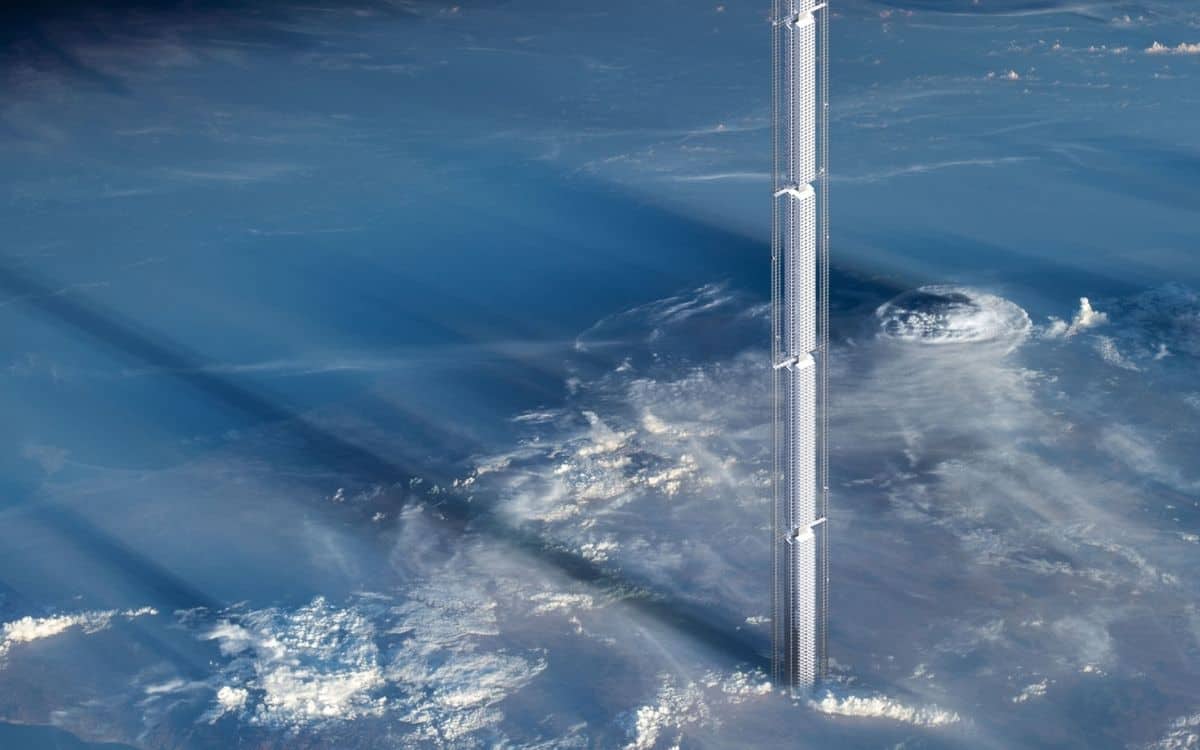
How does the floating skyscraper work?
The asteroid anchor would be at 50,000km (31,068 miles) above the surface of the Earth.
All the cables are underneath and then the skyscraper starts at an elevation of 32,000km (19,883 miles).
At that height, it’s -40 degrees (both Celsius and Fahrenheit are the same numbers when it’s that chilly).
And there are only 42 minutes of daylight.
The tower plunges downwards until the bottom section at an elevation of 3400m (2.1 miles).
It’s -4 degrees Celsius (24.8 Fahrenheit) at that height.
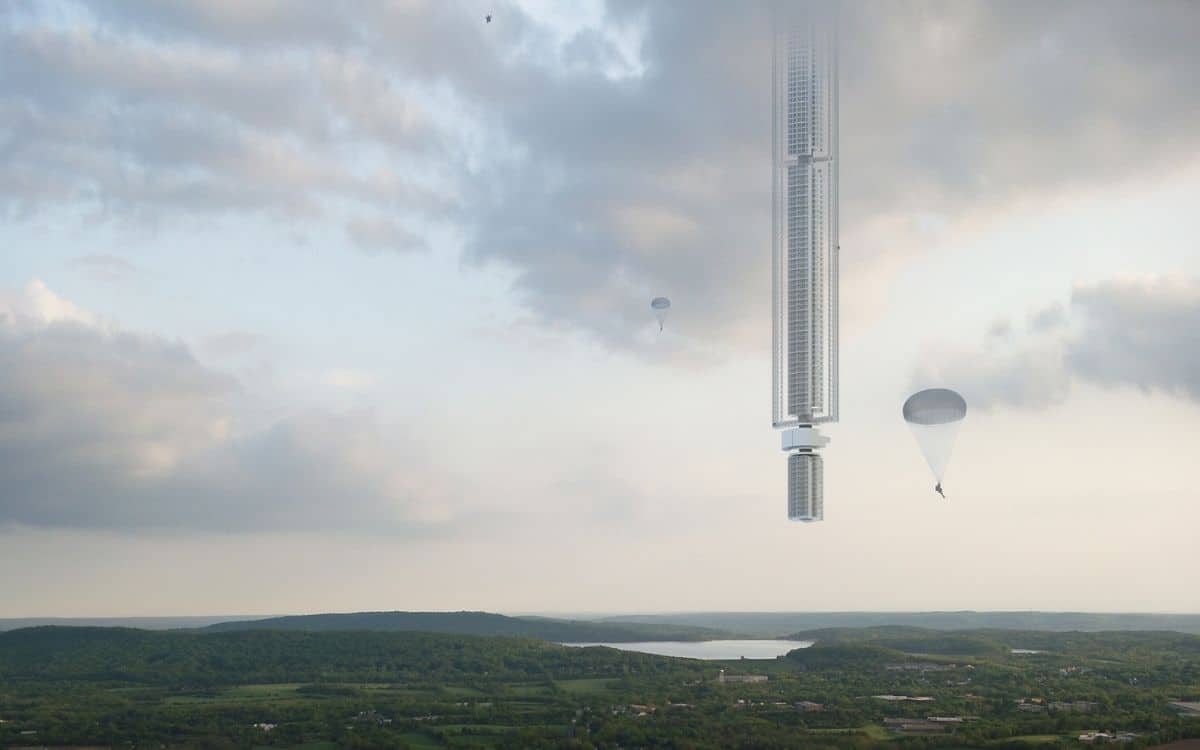
How would you live in Analemma Tower?
You need a drone to get to your balcony if you lived or worked on Analemma Tower, which is why the bottom tip is reserved for office spaces and shopping/entertainment zones.
It also has a transport hub.
The middle section has farming and agriculture, and above that is the residential zone.
The very top is a bit grim, it’s basically the funeral home/graveyard.
The whole Analemma Tower constantly moves but the slowest point of its swing is over New York City each day. So technically that’s your main address.
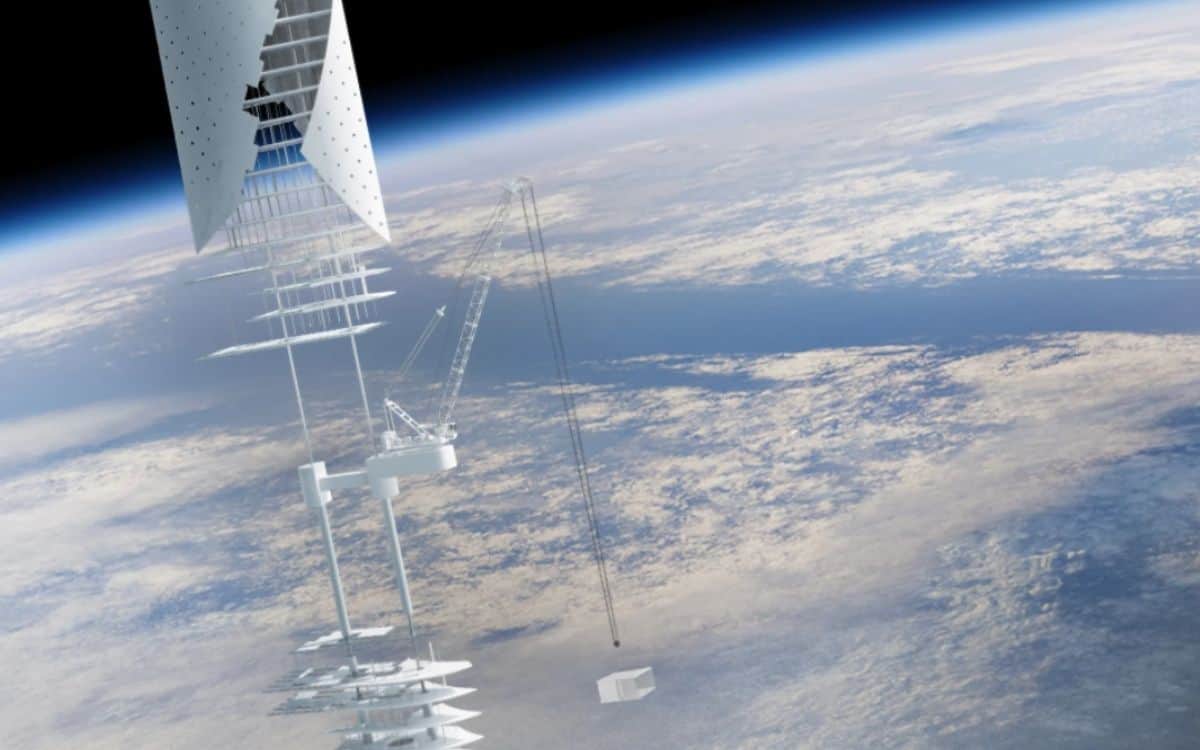
READ MORE: Top Gun: Maverick jet looked so real China ‘used a satellite to spy on it’
But you could look out the window and suddenly be in the southern hemisphere, maybe staring down at the beaches of Brazil.
One of the firm’s partners, Masayuki Sono, spoke to Architectural Digest about the concept.
“When we stepped back and looked at the broad sweep of architecture over a long span, even going back to its origins, we discovered a clear trend. Buildings are getting taller, thinner, and lighter over time,” Sono said.
“By leaving the surface we can allow our planet to heal itself: There won’t be any need for dead concrete highways and sprawling concrete urban agglomerations that choke the Earth’s surface.”
The push for space travel
When you think about Elon Musk’s push to colonize Mars, the floating skyscraper plan is not too crazy.
There is a massive push toward space travel, and it’s not just the mega billionaires like Musk and Jeff Bezos who are looking to the stars.
The US is throwing $24.04 billion at NASA’s budget for 2022.
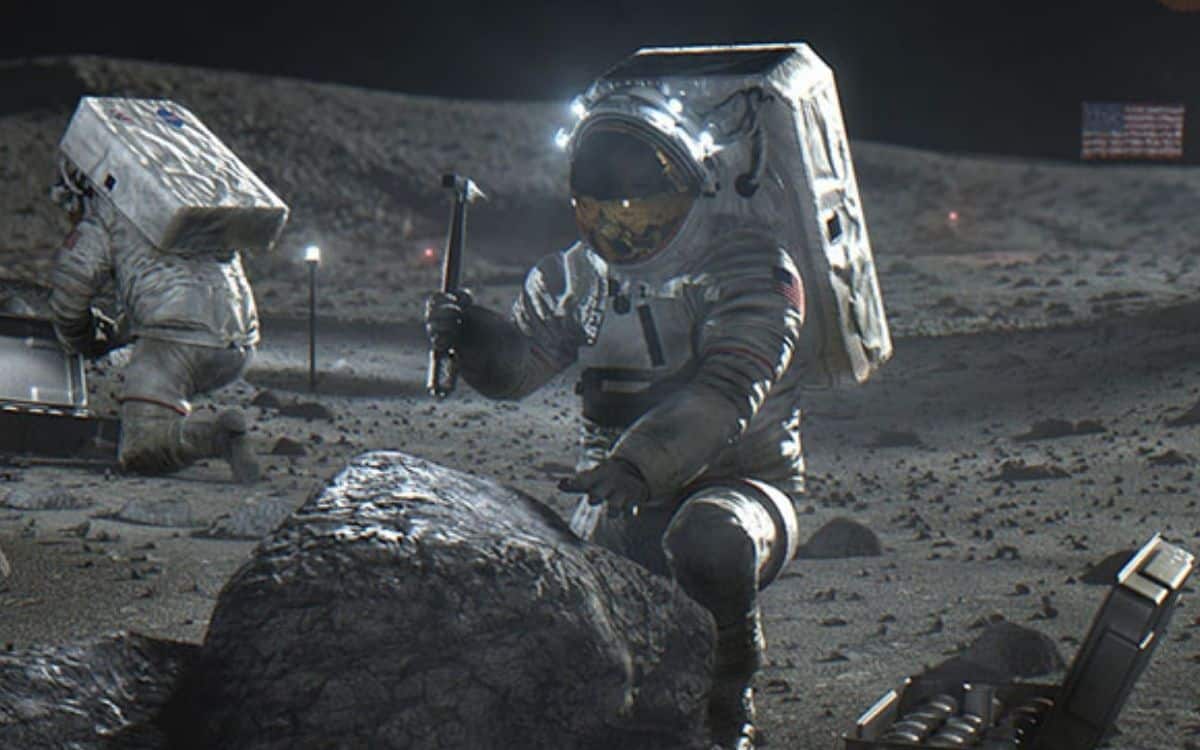
NASA’s big focus is the Artemis program, which is all about putting humans back on the Moon.
After that, Artemis missions will focus on sending humans to Mars, all by the year 2040.
WATCH:
DISCOVER SBX CARS: The global premium car auction platform powered by Supercar Blondie

Brandon Livesay covers the latest headlines and news across automotive, technology, gaming, watches, movies and lifestyle. Brandon is an experienced editor and journalist, and has worked across multiple publishers in Australia. Awards and recognition: Winner - Outstanding Online News - Breaking Issued by Kennedy Awards for Excellence in Journalism | Nov 2021 Winner - Outstanding Online News - Breaking Issued by Kennedy Awards for Excellence in Journalism | Nov 2020 Winner - 2014 Queensland Country Press Association, Journalistic Excellence 'Individual' Winner - 2014 Queensland Country Press Association, Best News Picture
